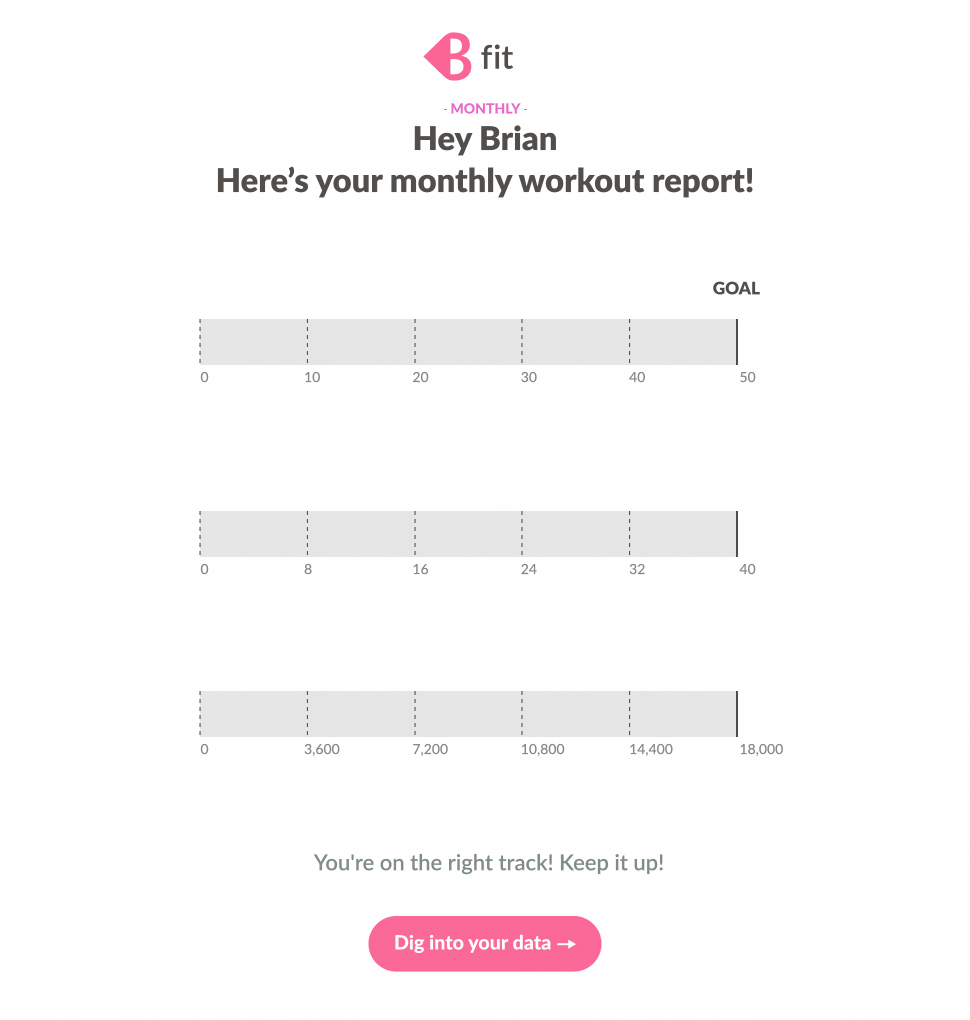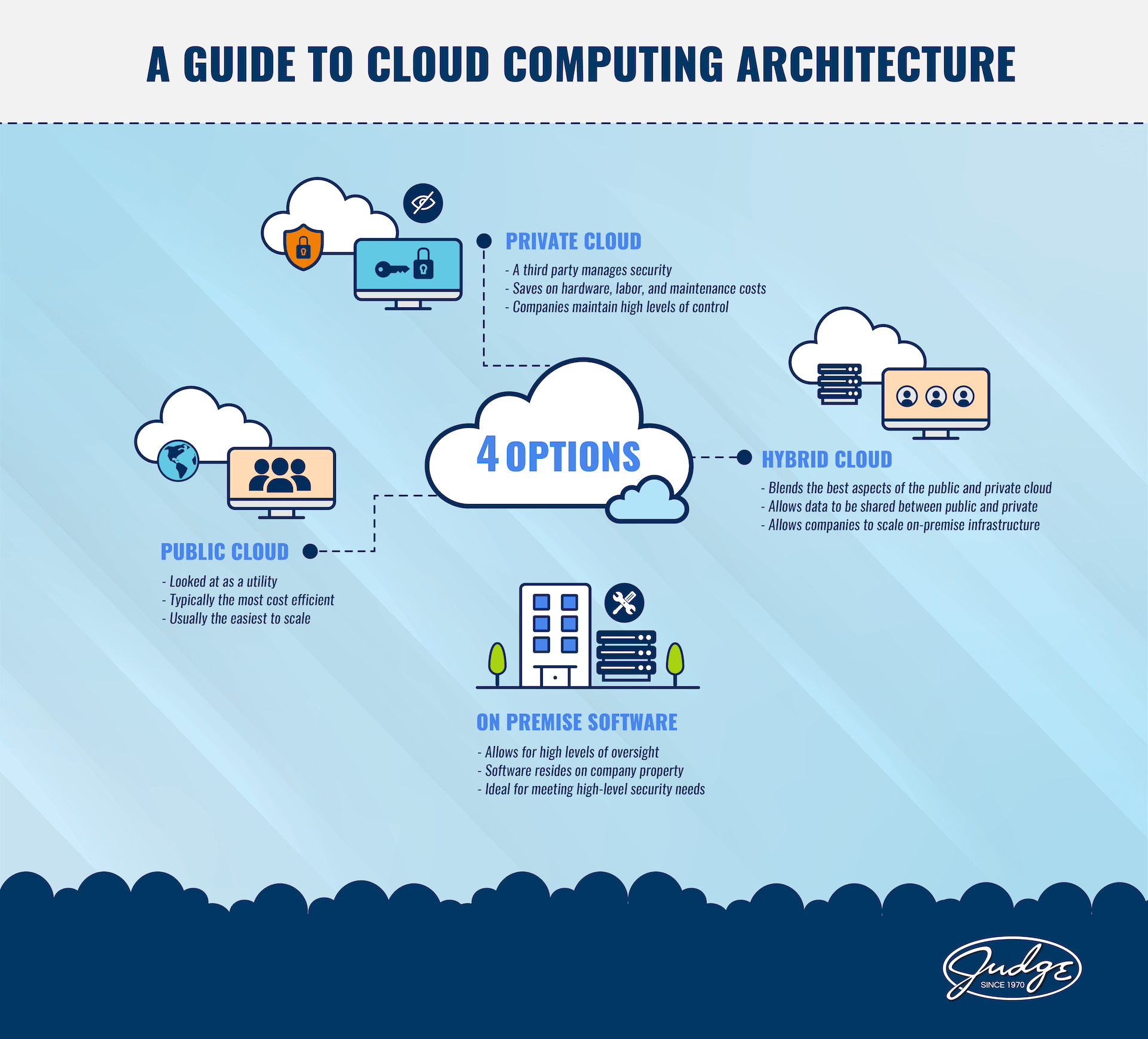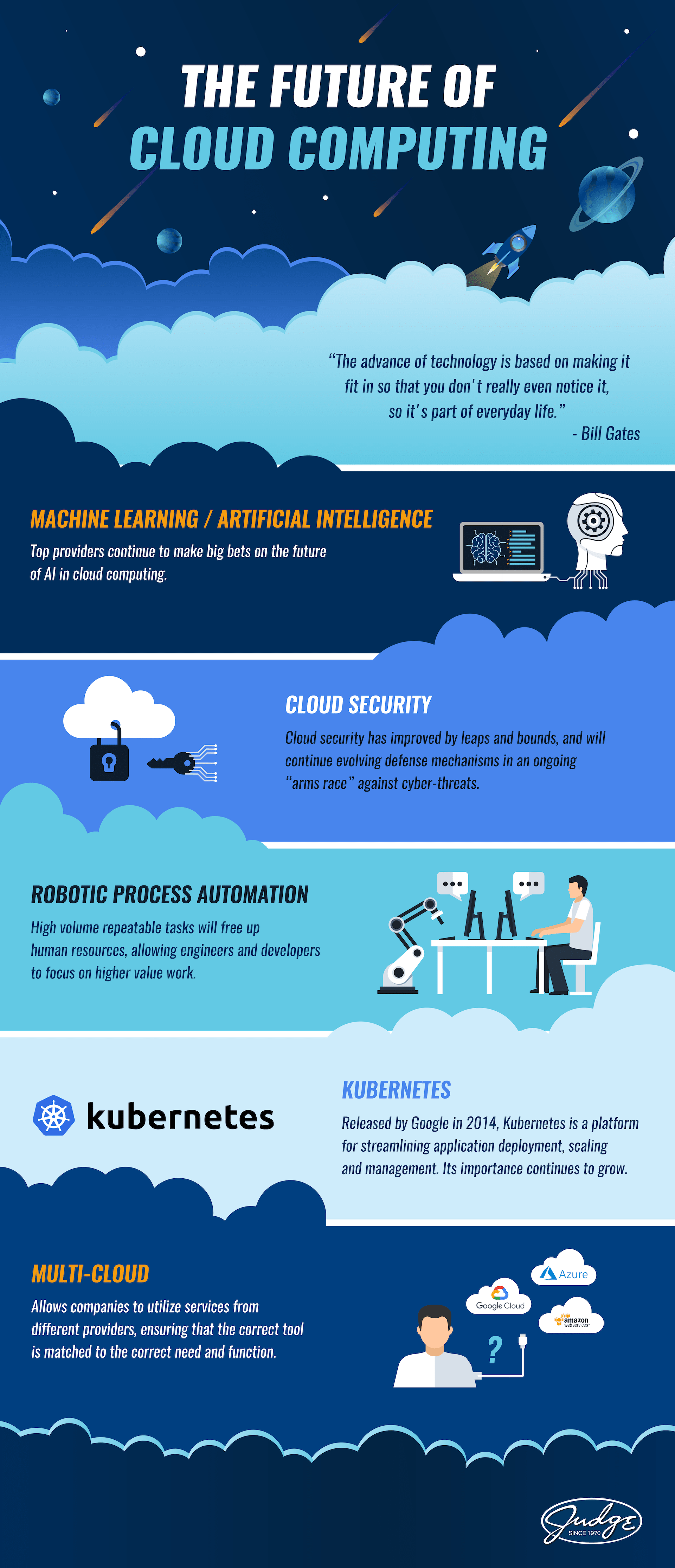Interactive Infographics and Data Visualization
Just like illustrated books help children learn new concepts, interactive infographics and data visualization helps adults process new information.
Motifmotion creates 3 types of infographics:
- Static Infographics
- Animated Infographics
- Fully Interactive Infographics
What Are Interactive Infographics Used For?
The purpose of infographics are to educate viewers about a topic, while demonstrating authority and expertise. For the past 10 or 15 years, they have been used for all sorts of purposes across digital marketing and education campaigns.
Traditional and animated infographics are excellent at forging engagement on social media. Interactive infographics are often used on websites to help walk an audience through a set of ideas. All three types are used in blog posts along with SEO optimized copy to increase brand awareness and website engagement. They are used in digital press releases, in email marketing, as a tool for sales and more!
What is Data Visualization Used For?
Data visualization is all about using graphics to convey data. That might sound boring, but when you experience it, it’s anything but!
It is especially useful for helping viewers grapple with large amounts of data, complex relationships, and interactive, moving parts.
Data visualization is achieved through the “mapping” of data points — creating a clear, visual story in front of a viewer’s eyes.

Technically speaking, an infographic is simply a visual design made to communicate information or data. But like all things, infographics have come evolved quite a bit since their early days. Today, in addition to traditional static infographics, Motifmotion also develops fully animated infographics, partially animated infographics, and even interactive infographics. At the end of the day, it’s all about communication through art.

Static Infographics
Motifmotion creates simple, moderate, and high level “static infographics” designed to synthesize complex information and tell visual stories. Static infographics do not move in space, but they are very easy to digest. They are a mix of design, illustration, and carefully researched and written copy. Our team enjoys handling all aspects of infographic production.
Animated Infographics
Animated infographics add a key element to the mix — motion! Like explainer videos, animated infographics are effective because they grab the viewer’s attention, highlight what matters, and forge understanding.
Interactive Infographics
Interactive infographics are the newest kid on the block. They are extremely effective, in part, because they allow users to explore information and data by themselves.
New information is often revealed by clicks, mouse hovering, panning or zooming. Interactive infographics are awesome at helping users explore complicated data.
They are also great at conveying how things change over time, or the ways in which different elements interact.
Infographic Use Cases
There are many ways infographics can be used. There are too many to list on a webpage, but here are some of our favorites:
- Explain a complex topic: Such as how a new piece of technology functions, how a complicated system works, or how a biological process functions.
- Explore research findings: How a complex social program works, summarizing an important study, or conveying the data from a key a finding.
- Describe a timeline: Like how a company evolved over the years, the stages leading up to an event, or how something changed over time
- Express map data: Helping viewers understand how data varies across countries, regions, or states
- Create a “how to” guide: Helping users comprehend how to use a product, understand a service, or take advantage of the options available to them
- Convey a case study: Assisting mid-stage leads in understanding how previous clients were assisted, by sharing strategies and deliverables

